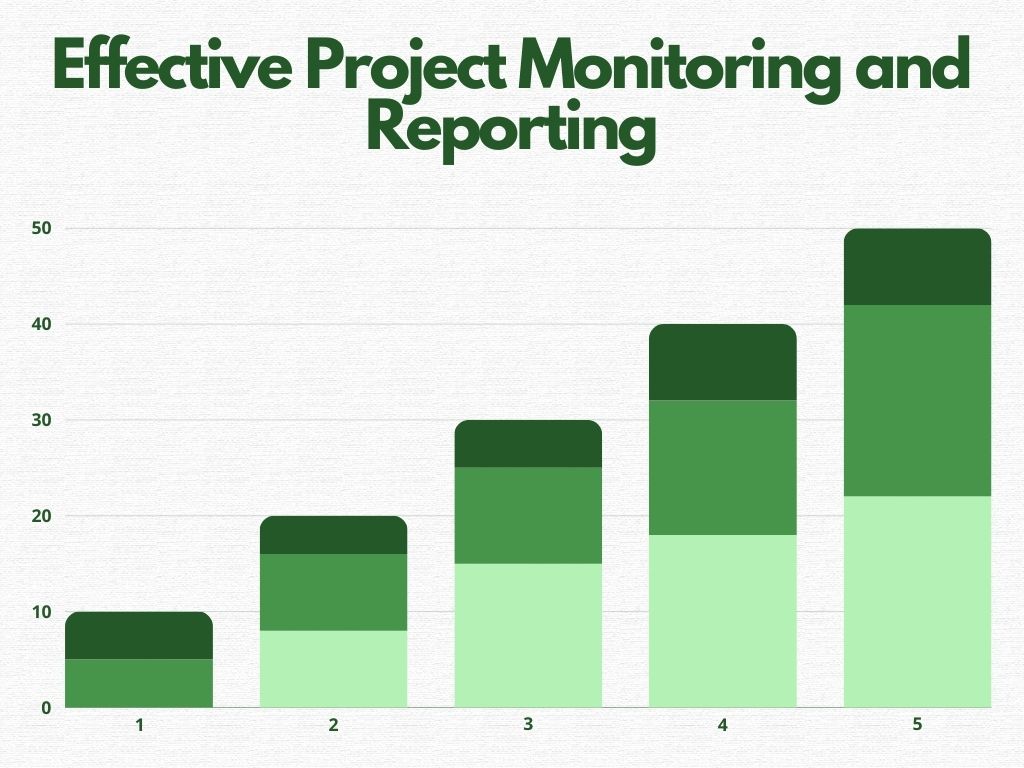
In the landscape industry, successful project management relies heavily on effective monitoring and reporting practices. Project and production managers play a critical role in overseeing every aspect of a project's execution, ensuring it stays on track, within budget, and meets quality standards. In this blog, we'll explore best practices for project monitoring and reporting, providing insights and strategies to help managers navigate challenges, make informed decisions, and drive successful project outcomes.
Establish Clear Project Objectives:
Before diving into project monitoring and reporting, it's essential to establish clear, achievable objectives. Define project goals, scope, timelines, and deliverables in collaboration with stakeholders. Having a well-defined project plan provides a roadmap for monitoring progress and evaluating performance against predefined benchmarks.
Implement Monitoring Systems:
Utilize robust monitoring systems to track progress, identify potential issues, and mitigate risks throughout the project lifecycle. This may involve utilizing project management software, creating standardized reporting templates, and establishing key performance indicators (KPIs) to measure progress. Regularly update monitoring systems with real-time data to ensure accuracy and transparency.
Set Milestones and Deadlines:
Break down the project into manageable milestones and set deadlines for each phase or deliverable. Milestones serve as checkpoints for progress evaluation and allow project managers to identify any deviations from the original plan early on. Adhering to deadlines helps maintain momentum and ensures timely completion of project tasks.
Conduct Regular Site Inspections:
For landscape projects, conducting regular site inspections is essential to assess progress, quality, and compliance with design specifications. Schedule inspections at key milestones to verify workmanship, identify any deviations from the plan, and address potential safety hazards. Document inspection findings and incorporate them into project reports for transparency and accountability.
Generate Comprehensive Progress Reports:
Compile comprehensive progress reports at regular intervals to provide stakeholders with a clear overview of project status, achievements, challenges, and upcoming milestones. Include quantitative data, qualitative assessments, and visual representations such as charts or graphs to enhance readability and understanding. Tailor reports to the needs of different stakeholders, ensuring relevance and impact.
Proactively Address Issues:
Anticipate and address project issues proactively to prevent them from derailing progress or impacting project outcomes. Encourage a proactive approach to problem-solving among team members and empower them to propose solutions. Escalate significant issues to senior management or stakeholders promptly, along with recommended courses of action.
By implementing these practices, project and production managers can maintain visibility, make informed decisions, and proactively address challenges to ensure successful project outcomes in the landscape industry.
